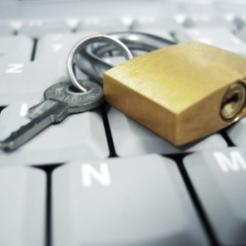Charities need to be more aware of how to protect themselves against different forms of cyber attack, according to the campaigning group for digital freedom Access.
Its report, Global civil society at risk: an overview of some of the major threats facing civil society, said: “Deep information security knowledge, skills, and experience are often in short supply within civil society, and this is due to both a lack of awareness of the problems as well as a dearth of high-tech security training that is required by individuals operating within civil society movements.”
Access has highlighted two examples of cyber attacks made against UK charities in recent years.
Last April a malicious code was planted onto Amnesty International’s homepage in the UK which directed visitors to an exploit site to download malware onto their PC.
In 2010 Survival International was the victim of a DDoS attack which shut down its website one evening after it hosted a video that showed Indonesian soldiers torturing tribal people in West Papua. It had also called on tourists to boycott Botswana over allegations about harassment of Kalahari bushmen. The charity believes the two countries or their allies were responsible for the attack.
Threats outlined
The report identifies ten security threats that organisations should be aware of. They are:
- Denial of service (DoS) attacks and distributed denial of service (DDoS) - to crash a website by flooding it with traffic.
- Blocking and filtering systems – imposed by governments to restrict the free flow of information in a country.
- Man in the middle (MitM) attacks – an attacker inserts technology between the website and the user to obtain information such as bank details.
- Surveillance – as well as CCTV cameras there are also now technologies that enable attackers to monitor SMS messages and telephone calls within a certain area.
- Communication blackouts – as happened in many countries during the ‘Arab Spring’ in 2011, governments can shut down access to technology preventing communication
- Compromised user accounts – usually the result of MitM attacks or surveillance, this gives the attacker access to confidential information which can be used to disrupt plans and disseminate false information.
- Website defacements and cyber vandalism – using a MitM attack or by compromising user accounts, attackers leave messages on a website.
- Data leakage – devices, particularly small ones such as mobile phones, that store data are vulnerable if lost or stolen as the information can be used to track down others or to steal an identity.
- Denial of funding – access to online accounts can be suspended; for example Paypal, Visa and Mastercard suspended Wikileaks’ accounts in the wake of the release of diplomatic cables.
- Take down notices – governments and entertainment organisations complain to internet service providers about a site, which can result in it being taken down and only investigated if the customer protests.
In the report Access called on the technology community and governments to consider how they can assist the civil society community, saying: “Whatever form it takes, there is no question that civil society is under threat and requires partnerships and assistance.”









